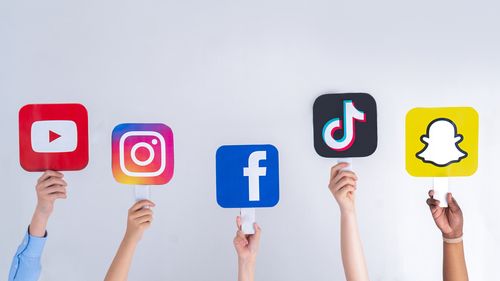Share this @internewscast.com
Australia is set to make history as the first nation to restrict children from accessing certain popular social media platforms.
This groundbreaking decision has sparked debate. Critics argue the measures are overly restrictive and express concerns about children finding ways to bypass the restrictions. Here’s a breakdown of how the new rules work and their implications for young Australians.
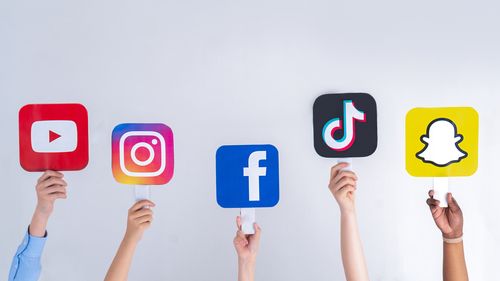
The new regulations will prevent children under the age of 16 from opening accounts on platforms classified as “age-restricted.”
These measures will carry legal weight following the passage of the Online Safety Amendment (Social Media Minimum Age) Bill 2024 by the government in November last year.
Moreover, parents will not have the authority to grant permission for their children under 16 to establish accounts on these affected platforms.
Despite these changes, the government clarifies that the initiative is not a complete ban but rather a “delay” in allowing young users to create accounts.
However, the government insists it is not a ban, rather a “delay” to having an account.
“But the social media minimum age laws will make a meaningful difference.”
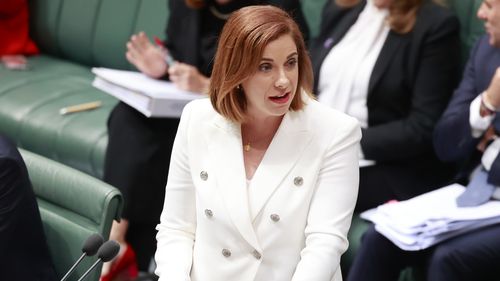
What sites are being banned for under 16s?
You may be wondering what an age-restricted platform looks like. These are currently the platforms that will be hit by the ban:
- Snapchat
- TikTok
- X (formerly Twitter)
- YouTube
- Threads
- Kick
According to the eSafety Commissioner Julie Inman Grant, these platforms have been included in the ban because their “sole or significant purpose is to enable online social interaction between two or more users”.
These platforms also allow users to post their own content and material, as well as allowing users to interact with all other users on the platform.
For some platforms such as YouTube and Reddit, children under 16 will still be able to watch videos or view threads, as an account is not required to access them; however, they will not be allowed to create accounts, or to post comments or content on them.
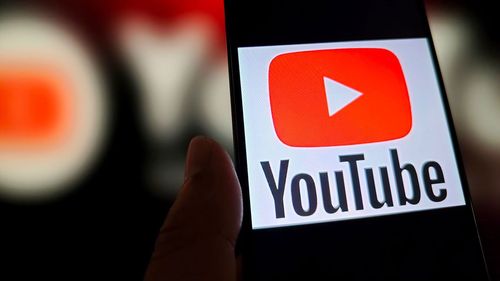
What platforms can under-16s use?
The government has clarified which platforms will still be fully accessible to children under 16-years-old.
Popular streaming platforms Discord and Twitch have not been included in the social media ban despite both allowing users to connect with each other and content to be posted.
Messaging platforms like Messenger and WhatsApp have also been excluded from the ban.
Other well-known platforms to be excluded are:
- GitHub
- Google Classroom
- LEGO Play
- Roblox
- Steam and Steam Chat
- YouTube Kids
The eSafety Commissioner has clarified the list is not final, and more alterations could be made before the ban begins.
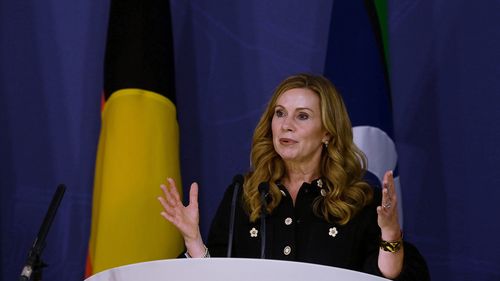
When does the social media ban start?
The social media ban begins in exactly one month on December 10.
What will happen to me if I have a current account on an age-restricted platform?
As it stands, accounts of children on impacted platforms will have to be removed or deactivated.
Under the legislation, platforms must take “reasonable steps” to enforce this.
This will vary between platforms given each have different circumstances, so there is no concrete method platforms must follow to ensure accounts are deactivated.
However, they must prove to the eSafety Commissioner the steps they have taken are reasonable.
Speaking to media on Monday, Wells said platforms have been provided with guidance on how to deal with children’s existing accounts, and make it clear there is a right of appeal if an account is banned.
“They must communicate with users ahead of 10 December, they must use kind, empathetic language with the people who will be affected by the laws, and they must advise what the appeals process is,” she said.
“If you are unintentionally caught up with this, despite you are someone who uses Facebook because you like to sell caravans on Marketplace, the social media companies must advise what the process is.”
The eSafety Commissioner recommended against adding self-declaration of age for existing account holders, due to the ability of people to lie or circumvent this restriction.
Wells also refused to give a specific date on when im[pacted platforms would need to inform users their accounts are being deactivated.
”We aren’t prescribing that specifically because this will look different for every social media platform,” she claimed. “We said as part of the regulatory guidance they must do it ahead of 10 December.”
“I won’t name them, but I and the eSafety Commissioner are meeting with these platforms as frequently as we need.”
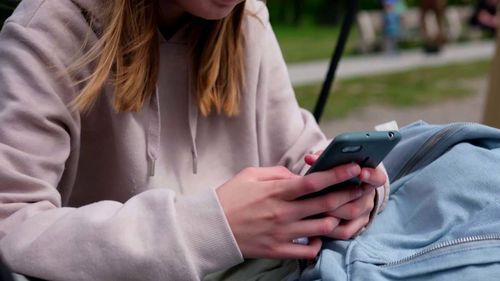
How will the social media ban be enforced?
It will be up to the platforms themselves to enforce the new measures, with legislation putting them under heavy pressure to do so.
If they don’t, serious financial penalties could hit platforms who fail to adequately enforce the new laws.
This can include fines of up to $49.5 million.
Platforms have been recommended to assess “age-related signals” to identify accounts which could fall foul of the ban; this includes how long an account has been active, whether an account interacts with content targeted at children, and visual checks such as age analysis of a profile photo of an account holder.
Interestingly, children who are found to be accessing an age-restricted platform after the ban comes into effect will not be met with any punishment, nor will their parents or carers.
This is because the government insists the law is about protecting children from harmful content on the platforms, and they believe punishment would have a detrimental impact.
